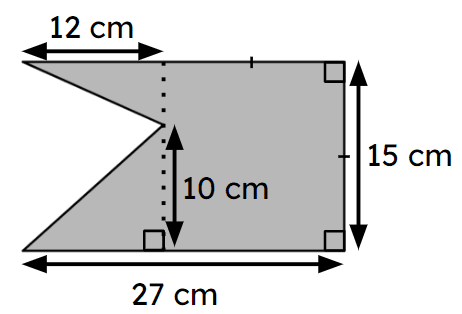Myths about teaching can hold you back
- Year 10
- Higher
Checking and securing understanding of area for compound shapes
I can calculate the area of compound shapes made from rectangles, triangles, parallelograms and trapeziums efficiently.
- Year 10
- Higher
Checking and securing understanding of area for compound shapes
I can calculate the area of compound shapes made from rectangles, triangles, parallelograms and trapeziums efficiently.
These resources were made for remote use during the pandemic, not classroom teaching.
Switch to our new teaching resources now - designed by teachers and leading subject experts, and tested in classrooms.
Lesson details
Key learning points
- There are multiple ways to find the area of compound shapes.
- The most efficient method may depend on the features of the shape.
- A method is to break the shape into shapes you can find the area of.
- A method is to complete the shape.
- A method is to rearrange the shape.
Keywords
Area - The area is the size of the surface and states the number of unit squares needed to completely cover that surface.
Compound shape - A compound shape is a shape created using two or more basic shapes.
Composite shape - A composite shape is an alternative for a compound shape.
Common misconception
Pupils may multiply all given lengths.
Remind pupils that area is found by multiplying two perpendicular lengths from the shape and in some cases a coefficient (half for a triangle, pi for a circle). Trapeziums use the mean length of the parallel sides (one length).
To help you plan your year 10 maths lesson on: Checking and securing understanding of area for compound shapes, download all teaching resources for free and adapt to suit your pupils' needs...
To help you plan your year 10 maths lesson on: Checking and securing understanding of area for compound shapes, download all teaching resources for free and adapt to suit your pupils' needs.
The starter quiz will activate and check your pupils' prior knowledge, with versions available both with and without answers in PDF format.
We use learning cycles to break down learning into key concepts or ideas linked to the learning outcome. Each learning cycle features explanations with checks for understanding and practice tasks with feedback. All of this is found in our slide decks, ready for you to download and edit. The practice tasks are also available as printable worksheets and some lessons have additional materials with extra material you might need for teaching the lesson.
The assessment exit quiz will test your pupils' understanding of the key learning points.
Our video is a tool for planning, showing how other teachers might teach the lesson, offering helpful tips, modelled explanations and inspiration for your own delivery in the classroom. Plus, you can set it as homework or revision for pupils and keep their learning on track by sharing an online pupil version of this lesson.
Explore more key stage 4 maths lessons from the 2D and 3D shape: compound shapes unit, dive into the full secondary maths curriculum, or learn more about lesson planning.

Licence
Prior knowledge starter quiz
6 Questions
Q1.The area is the size of the surface and states the number of unit needed to completely cover that surface.
Q2.The area of this rectangle is cm².
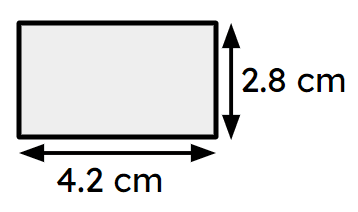
Q3.The area of this parallelogram is cm².
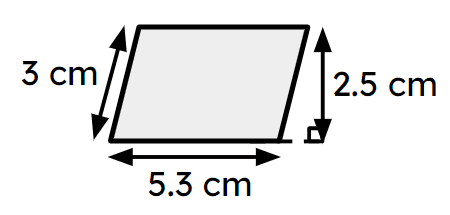
Q4.The area of this triangle is cm².
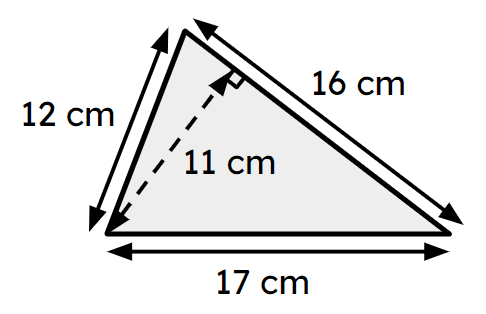
Q5.The length of the edge marked 'b' is cm.
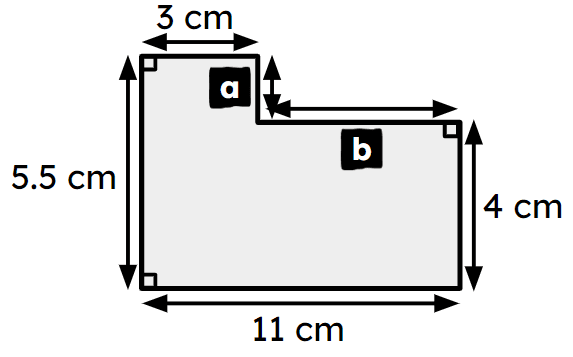
Q6.Which of these shapes has a different area to the other three?
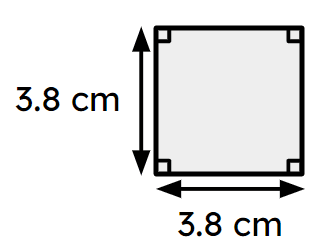
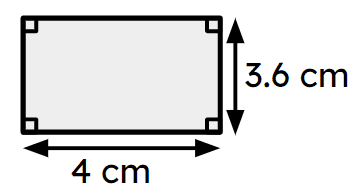
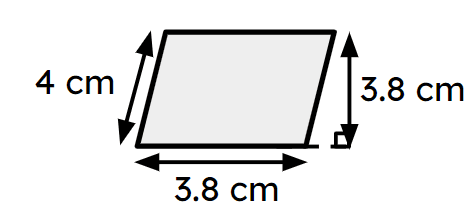
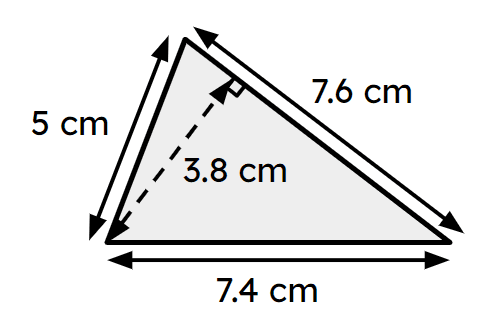
Assessment exit quiz
6 Questions
Q1.A composite rectilinear shape is a composite shape made from .
Q2.Laura uses the calculation 3 × 1.5 + 11 × 4 to work out the area of this composite rectilinear shape. Which diagram shows the way that Laura has subdivided the shape?
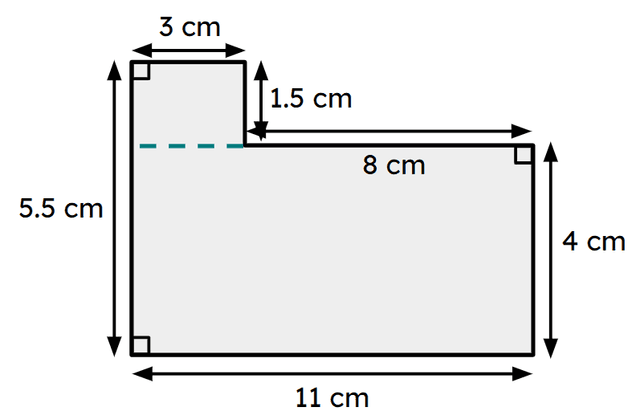
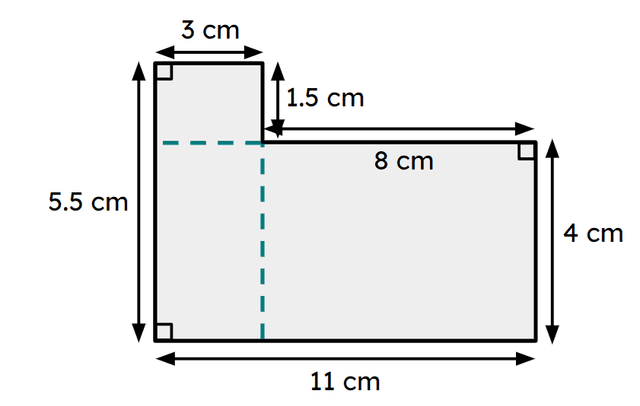
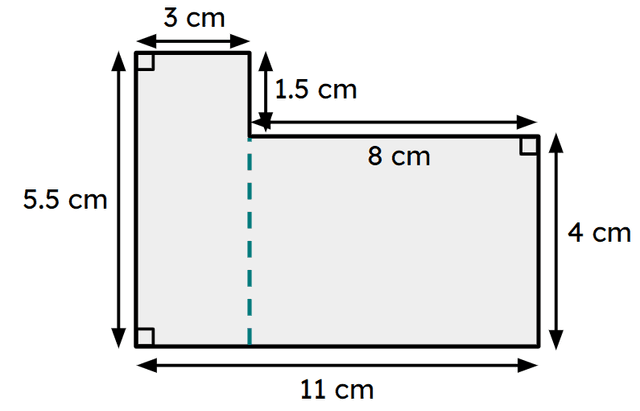
Q3.This compound rectilinear shape has been completed to make a rectangle. The additional rectangle has an area of cm².
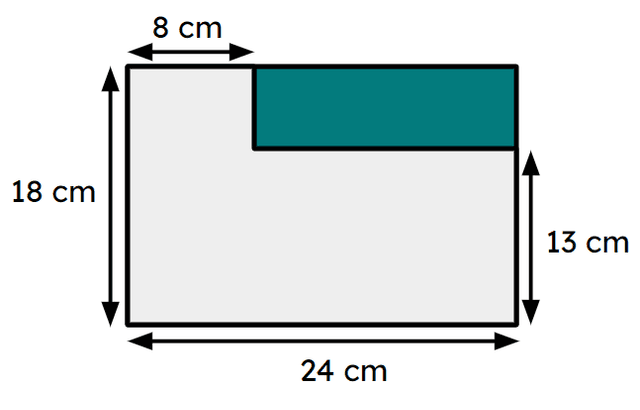
Q4.This compound rectilinear shape has been completed to make a rectangle. Which of the following calculations are correct for finding the area of this composite rectilinear shape?

Q5.By rearranging the area, this compound shape is equivalent to ...
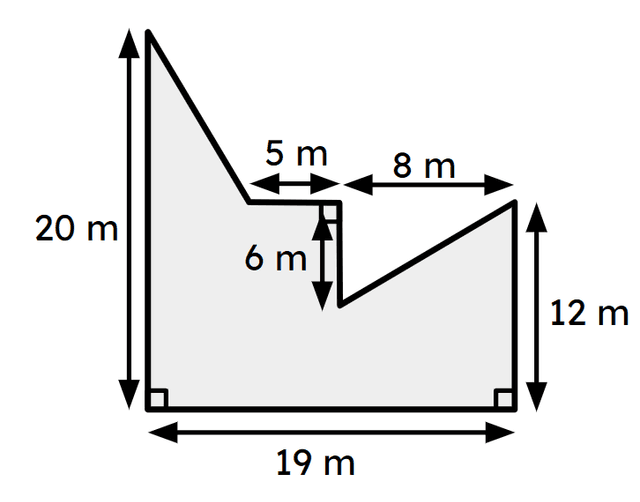
Q6.The area of this compound shape is cm².
